How to Write the Perfect Online English Teacher Cover Letter
Craft a Self-Intro That'll Make Hiring Managers Swipe Right
Do you dread writing a cover letter for your online English teaching job applications? They always sound generic, bland, and fake: "To whom it may concern, I would like to respectfully submit this cover letter for your online TEFL position." This is not at all how you sound in real life, so let’s change the approach.
Your cover letter is actually your first lesson plan. So, ditch the corporate speak and craft a self-introduction that screams 'the real you.' In this guide, we'll help you write a digital-first cover letter impression that slays.
What is an Online English Teacher Cover Letter?
A TEFL cover letter for online teaching is a brief (150 - 200 words) summary that showcases your enthusiasm and qualifications for teaching English online. It's your chance to convince your future employer you're the right person for the job.
Your resume focuses on your past; the cover letter sets the stage for your future. It's your personal elevator pitch where you highlight why you're perfect for this role.
What's the Purpose of a Cover Letter in Online Teaching?
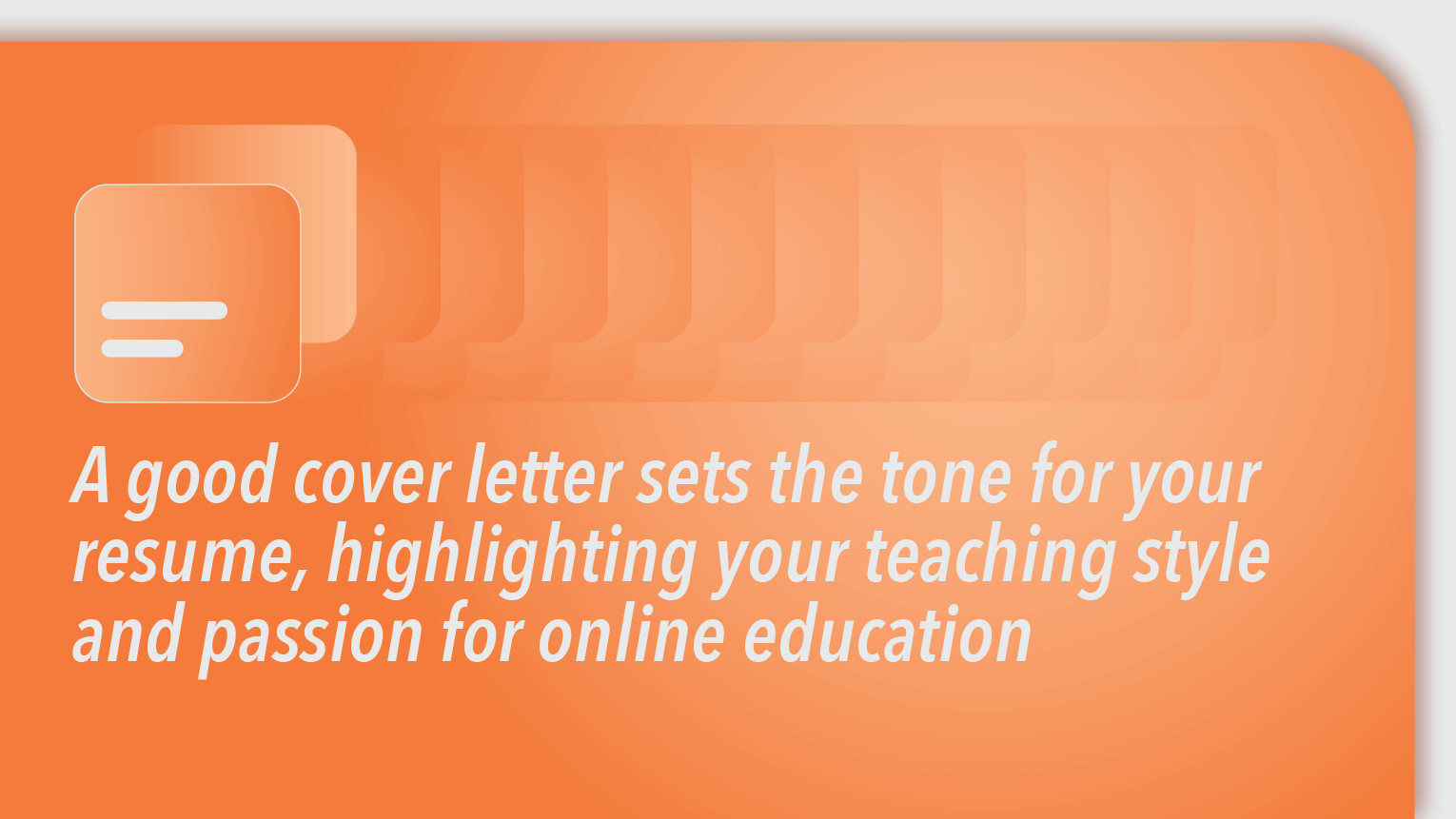
A good cover letter sets the tone for your resume, highlighting your teaching style and passion for online education. It's your chance to highlight how you connect with students in a virtual setting and handle digital classrooms like a pro. Your cover letter should engage, persuade, and leave an impact.
At The Really Great Teacher Company, our job application form includes a section specifically for this purpose:
Please provide us with a short written self-introduction including your teaching experience, qualifications, and teaching philosophy.

As a company that reviews hundreds of ESL applications every week, our recruiters look for:
- Specific teaching experience
- Relevant qualifications
- Personal attributes
- Cultural awareness
- Tech skills
Most teaching job platforms, including ours, filter job applications using Applicant Tracking Systems (ATS). These systems scan for keywords related to online teaching, TEFL certifications, and digital tools to identify the best candidates for the job.
Many of these keywords are included in the teaching advertisement. Including relevant terms like "classroom management" or "teaching pedagogy" can help your cover letter pass initial screenings and reach human recruiters.
A short, clear, and concise cover letter is what we look for. It's not as crucial as it once was; we'll scrutinize it if we need to better understand your CV.
Marika Boje, Global Recruitment Director,
The Really Great Teacher Company
What Should Your ESL Cover Letter Include?
Your cover letter isn't just a resume rehash. It outlines your teaching experience. Got gaps in your CV? Address them head-on. New to teaching? Show why that's a positive.
In your 150–200-word introduction, consider including:
- Career Goals: Share how this role fits into your teaching journey.
- Career Changes: If relevant, discuss how career shifts have prepared you for teaching.
- Professional Accomplishments: Highlight significant achievements in your teaching career.
- Employment Gaps: Got any work gaps in your resume? Explain them here.
- Your Value Proposition: Explain how your skills and experience will help the team.
- Unique Strengths: Highlight your teaching “superpower” or share a personal story that makes you stand out.
- Competitive Edge: Emphasize what makes you an exceptional candidate for this role.
Nail these points, and you'll craft a cover letter that will impress hiring managers.
Are TEFL Cover Letters Necessary in 2024?
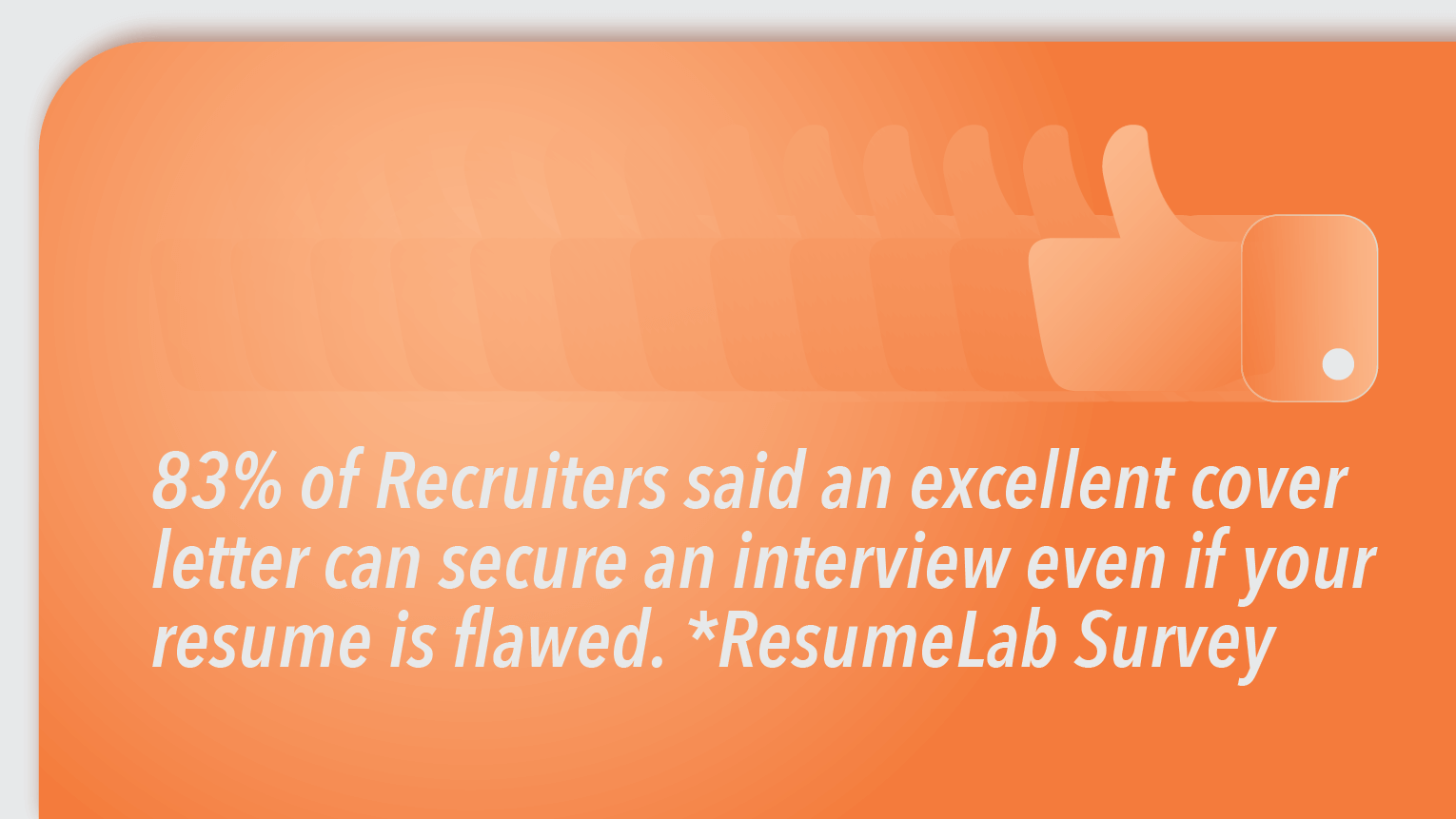
ResumeLab surveyed 200 HR recruiters and found:
- 83% of Recruiters said an excellent cover letter can secure an interview even if your resume is flawed.
- 77% will prefer candidates who send a cover letter.
- 74% prefer job applications that include cover letters along with resumes.
- 72% expect cover letters even if the ad states they're optional.
- 36% will read a cover letter before the resume. 37% will read the resume first.
Bottom line: Writing a TEFL cover letter can help you overcome your CV shortcomings in 8 out of 10 cases.
Ready to stand out in the digital classroom crowd?
How to Write a TEFL Cover Letter for an Online English Teacher Job
Forget stuffy intros and boring buzzwords. Your cover letter is your chance to stand out in a sea of "passionate educators" and "dedicated professionals."
We review hundreds of applications weekly, but only around 13% make it past the initial resume screening to the interview shortlist.
So - here are five critical steps to writing a TEFL cover letter that'll make hiring managers sit up and take notice:
1. Do Your Company Homework
Scour the school's online presence—website, social media, and job postings—starting with its About page and going deeper.
Discover their mission statement, teaching philosophy, and current initiatives (news section). Are they tech-forward or traditional? Understanding their DNA helps you speak their language. Become a digital detective.
2. Personalize, Don't Copy-Paste
Avoid sending the same generic cover letter to multiple teaching jobs. This one-size-fits-all approach screams, "I didn't bother to learn about your school."
Show recruiters you're not just looking for any job – you want this job. Tailor each letter to the specific job and language platform. Call out their unique teaching style, mention their student base, or highlight a recent win from their website. Find out the recruiter's name and use it.
Saying, "I'm excited about your business English focus for young professionals in Korea " proves that you've done your research and are genuinely interested.
3. Solve Their Problems
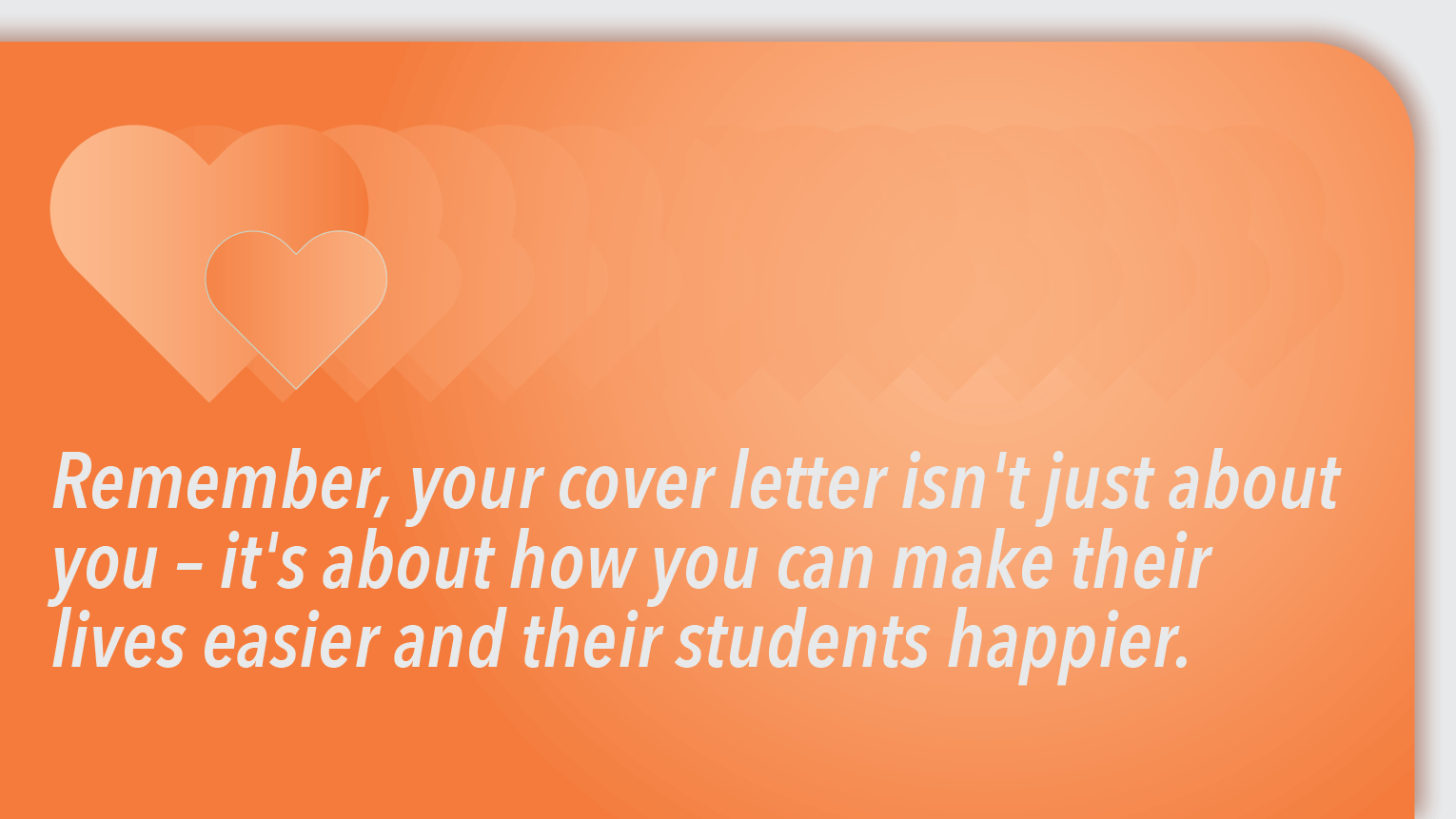
Every online school faces challenges – maybe they're breaking into a new market or trying to boost student retention. Bring these up in your letter. Show how your skills and experience can help them tackle these hurdles head-on.
Bottom line: I'll work hard to keep your students happy and your company's reputation golden.
Remember, your cover letter isn't just about you – it's about how you can make their jobs easier and students happier.
4. Keep it Simple and Concise
Speed is crucial. Eye-tracking studies reveal that recruiters spend only around 7.4 seconds deciding on the first application review.
For readability, keep each paragraph to 3-4 sentences. Use Hemingway Editor to make your writing bold and clear. Aim for a Grade 8 readability level.

Make it easy to skim with bullet points to highlight your accomplishments. Start with action words to emphasize your strengths.
When developing your bullet points, use the C.A.R. approach:
- Challenge: What challenge did you face, or what problem did you resolve?
- Action: What action did you take?
- Result: What was the result of the action you took?
This approach ensures your cover letter is clear and impactful and demonstrates your problem-solving abilities. The more specifically you describe your skills and experiences, the stronger the impression you will make.
5. Proofing
We've all been there — you hit 'send' and then see a glaring typo. Here's how to avoid that:
- Double-check spelling, grammar, and punctuation. Then check again.
- Use Grammarly or Microsoft Editor to refine your writing.
- Read your letter out loud, even backward — it helps catch mistakes you'd otherwise miss.
- Have a friend review it for tone and clarity — a new perspective can catch what you don't.
Pro Tip: Step away from your letter for a few hours (or even a day) before your final review. You'll come back with fresh eyes and spot things you missed before.
How to Format an ESL Online Teacher Cover Letter
Ready to make your cover letter pop? You'll need five components in a professional ESL teacher cover letter:
- Cover Letter Heading
- Cover Letter Greeting
- Cover Letter Introduction
- Cover Letter Body
- Cover Letter Closing
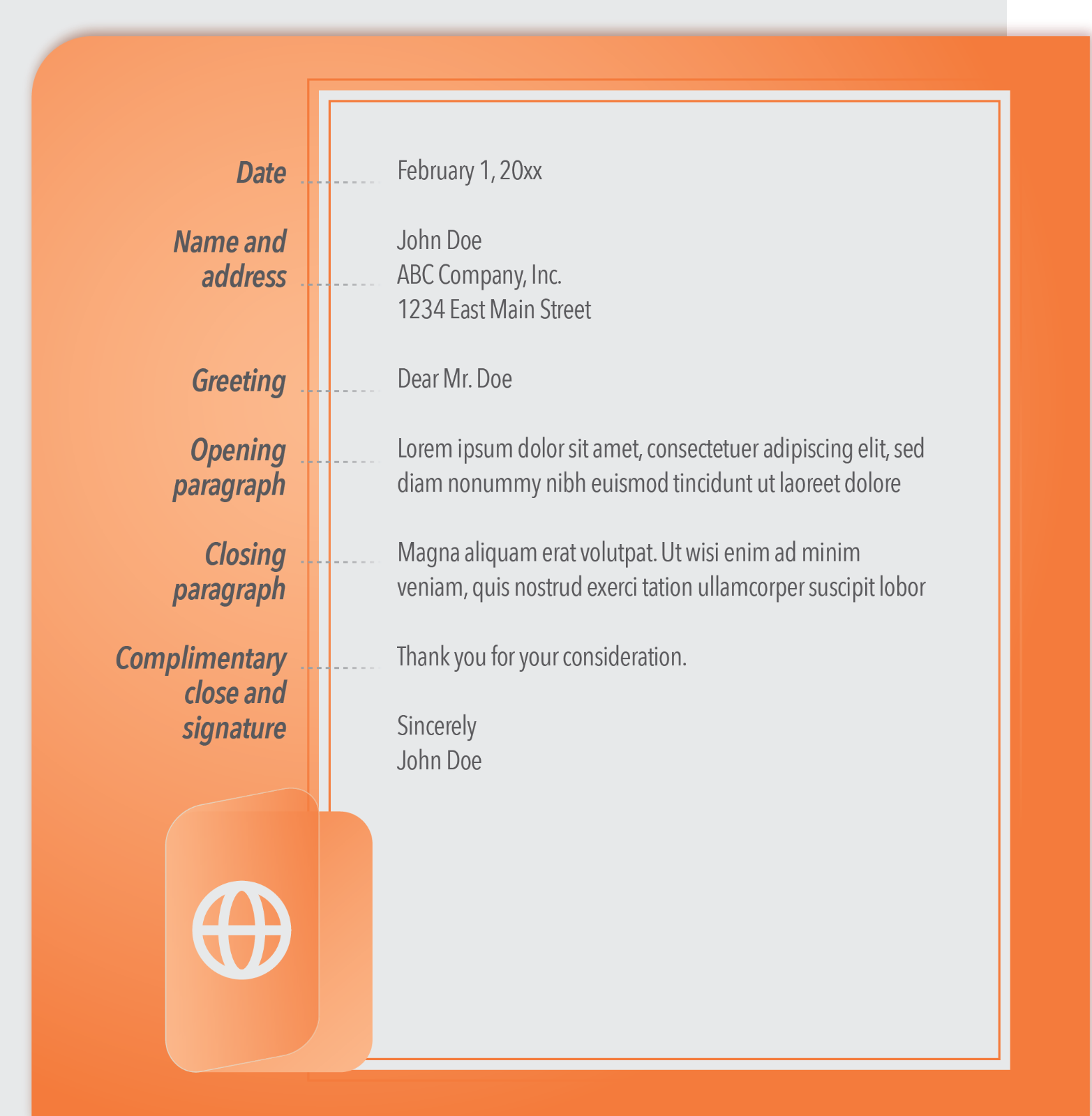
Why Does Format Matter?
Because it shows you can:
- Organize Information Clearly: Essential for lesson planning.
- Communicate Effectively: A critical skill for language teaching.
- Pay Attention to Detail: Avoiding spelling mistakes is crucial for an ESL teacher!
1) Cover Letter Header: Your Professional Introduction
Your header sets the tone for your entire application. The header's job is simple: to help employers quickly identify and contact you.
Here's what to include:
- Full name
- City and country of residence
- Professional email address
- LinkedIn profile or teaching portfolio URL (optional)
Example header:
August 31, 2024
John Roberts
Cape Town, South Africa
linkedin.com/in/johnroberts2003
Keep it simple and text-based. Fancy designs can confuse ATS software and recruiters. Focus on clear contact information rather than your design skills.
Note: Only add a header to your cover letter if you're send as a Word or PDF file.
2) Cover Letter Greeting: Personalize
Ditch the "To Whom It May Concern." Personalize by addressing the hiring manager by name whenever possible, as it shows the recruiter you've gone beyond the generic cover letter.
Cover Letter Greetings:
- Dear [Recruiter's Name], (if known)
- Dear Hiring Manager,
- Dear [Company Name] Recruitment Team,
LinkedIn job postings often include the name of the person who posted the job. Sometimes, it's buried in the job description. If you can identify the recruiter or hiring manager, use their name in your greeting.
3) Cover Letter Introduction: Start strong
Forget the snooze-inducing "My name is... I'm applying for..." opener. The hiring manager has a stack of cover letters. You've got less than 3 sentences to hook them - make every word count.
1. Strong Opener
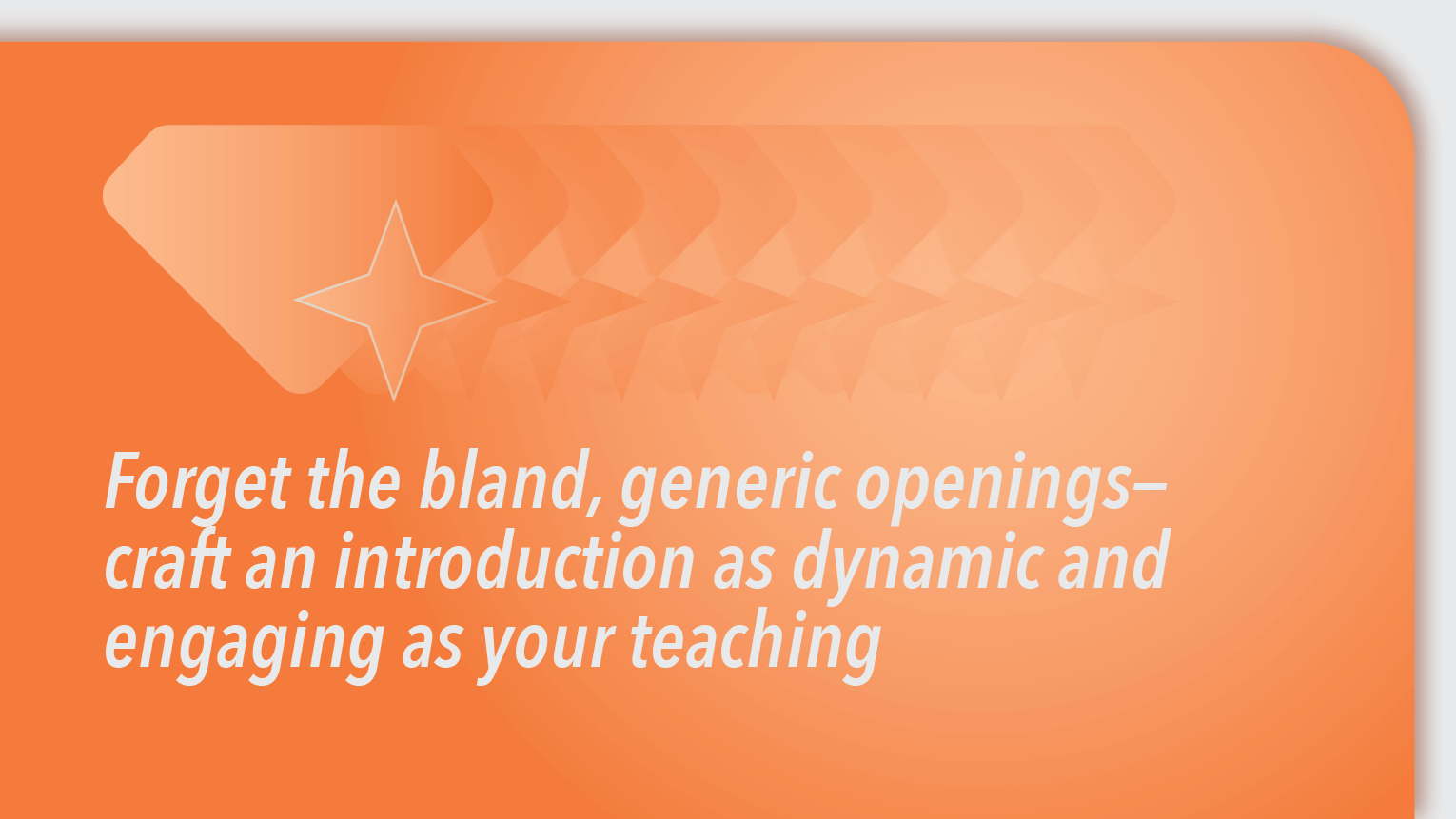
Your opener should:
- Immediately grab attention.
- Show your unique value proposition.
- Demonstrate your excitement for the role.
- Highlight your qualifications and experience.
- Match the platform's style and values.
2. Crafting Your Killer Introduction
Here's your formula for success:
- Start with a hook.
- Briefly highlight your most relevant qualifications.
- Express genuine interest in the position and company.
- Hint at the value you'll bring.
These cover letter openers put this formula into action:
1. The Enthusiastic Specialist
When I saw your posting for an Online Business English Instructor, I couldn’t help but smile — it felt like my dream job. With my CELTA certification and five years teaching tech professionals, I'm excited to help your students master the art of international business communication.
2. The Passionate Educator
Your search for a Creative Online English Teacher for Young Learners instantly sparked my imagination. With a background in children's theater and three years of transforming webinars into wonderlands, I’m eager to bring the magic into your students’ homes.
3. The Perfect Fit
I was excited to see your opening for an Online IELTS Preparation Instructor. Having helped 90% of my students improve their scores by at least one band, I’m ready to contribute to your 95% success rate.
4. The Culture Connector
Exploring your website and seeing your dedication to fostering global understanding through language instruction made me want to be part of your team. My experience living and teaching in three countries aligns perfectly with your mission.
5. The Humorous One
Your LinkedIn post for a Thailand-based Online ESL Teacher made me choke on my papaya salad — it was like reading my ideal job description! With my TEFL qualifications and 2+ years in the classroom, I can boost students' comprehension while keeping things fun.
3. Avoid These Generic Sentences:
Steer clear of generic online job openers like:
Hi, my name is John Smith. I'm based in Toronto and applying for the ESL teaching position.
To whom it may concern, I would like to respectfully submit this cover letter for your online TEFL position.
4. The Fresh Graduate: Three Approaches
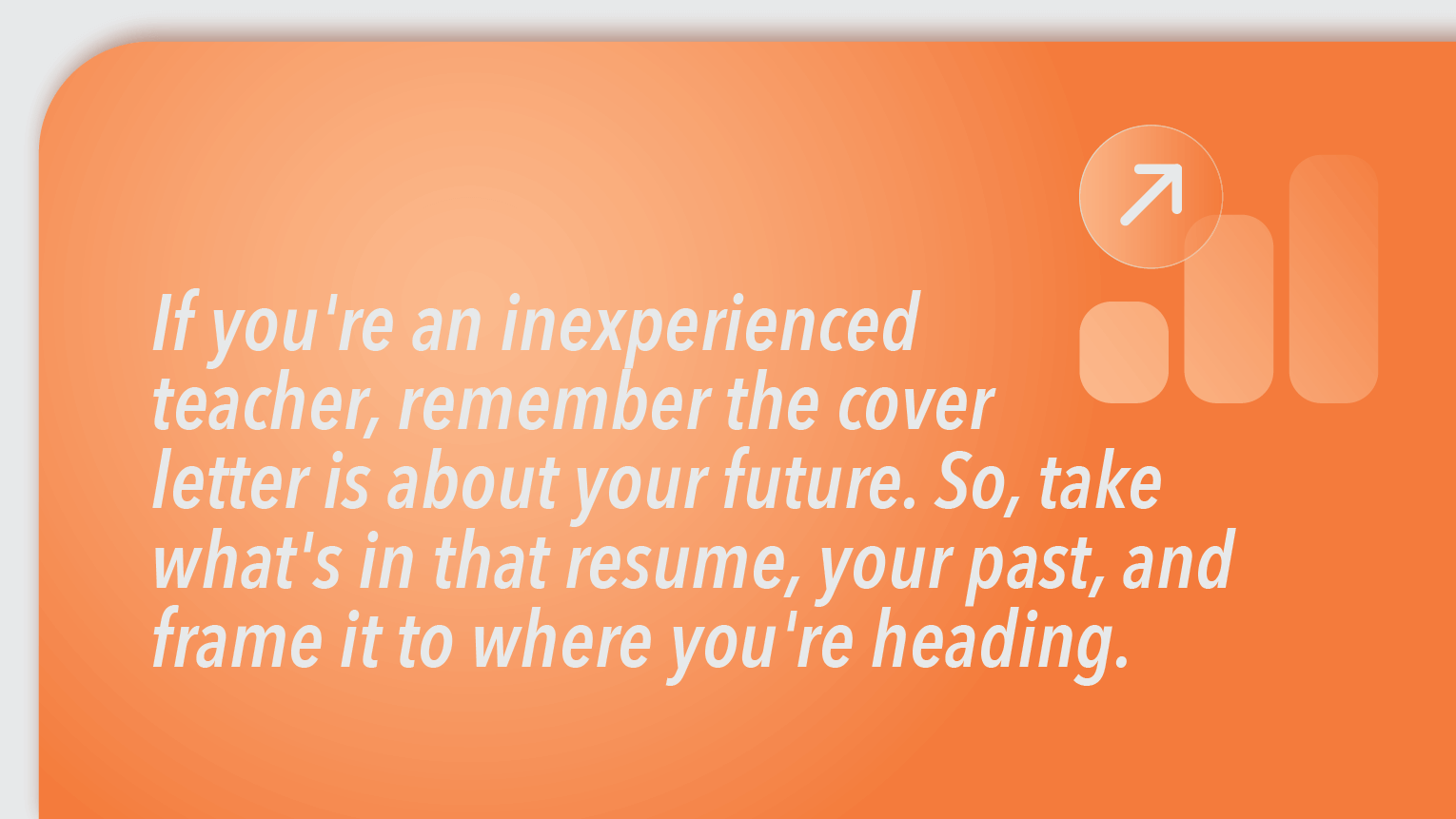
If you're an inexperienced teacher, write your cover letter as your future. Take what's in your resume, your past, and frame it to where you're heading.
Here are 3 examples:
1. The Enthusiastic Learner
Your ad for an Experienced Online English Instructor caught my eye. I'm new to professional teaching, but my recent 120-hour TEFL course gave me hands-on experience. I created and taught 10 online lessons, getting great feedback. I'm excited to bring my fresh ideas and quick learning to help your students succeed.
2. The Technologist
I'm excited about your Experienced Online English Teacher position. As a new TEFL graduate with a computer science background, I blend language and tech skills. I've tutored online for four years, using various e-learning platforms. I'm eager to apply this tech-savvy approach to your online program.
3. The Volunteer
Your Experienced Online English Instructor position matches my goals perfectly. I'm a recent graduate with a TEFL certificate, plus two years of coaching children's rugby. Combined with my semester in Italy, I'm ready to teach online learners effectively.
4. Your Cover Letter Introduction Formula:
As an online English teacher with [X] years of experience in [Your Area of Expertise], I am thrilled to apply for the open position at [Language School]. With a proven track record in [Skill / Achievement 1] and [Skill / Achievement 2], I can improve your [Something Important to the School].
Cover Letter Introduction Example:
As an online English teacher with three years of experience in business communication, I’m excited to apply for the adult teaching role at The Really Great Teacher Company. With a proven track record in improving student scores and creating targeted study plans, I’m ready to bring that same success to your center.
5. Pro Tips for a Standout Online Intro
- Express genuine interest in the specific role.
- Highlight how your skills match the job requirements.
- Briefly mention why you're drawn to the company.
- Lead with your skills, knowledge, and education.
- Use keywords from the job description/posting.
- Avoid wall-to-wall text.
- Mirror the company's tone (formal? casual? or somewhere in between?).
- Keep it punchy - aim for 3-4 sentences max.
Remember, your intro sets the stage for the rest of your application. Make it memorable, make it you, and make it impossible to stop reading.
4) Cover Letter Body: Show Your Value
This is where you transform from just another applicant into their ideal candidate. Your mission? Convince the school you're the solution to their problems.
1. Understand Their Needs
Before you start writing, put on your detective hat:
- Why are they hiring? What challenges are they facing?
- What skills and qualities are they prioritizing?
- How can you be the answer to their needs?
Pro Tip: Research shows that adaptability and quick learning are top qualities employers seek. Highlight these traits in your examples.
2. Craft Your Pitch
Structure your body into two powerful paragraphs:
1. Your Relevant Experience:
- Highlight critical qualifications and experiences.
- Provide specific, quantifiable teaching successes.
- Show how you've adapted and learned in past roles.
2. Your Fit with Their Company:
- Demonstrate knowledge of the school or learning platform.
- Explain why you're perfect for this specific role.
- Show how your unique skills solve their problems.
3. Make It Concrete
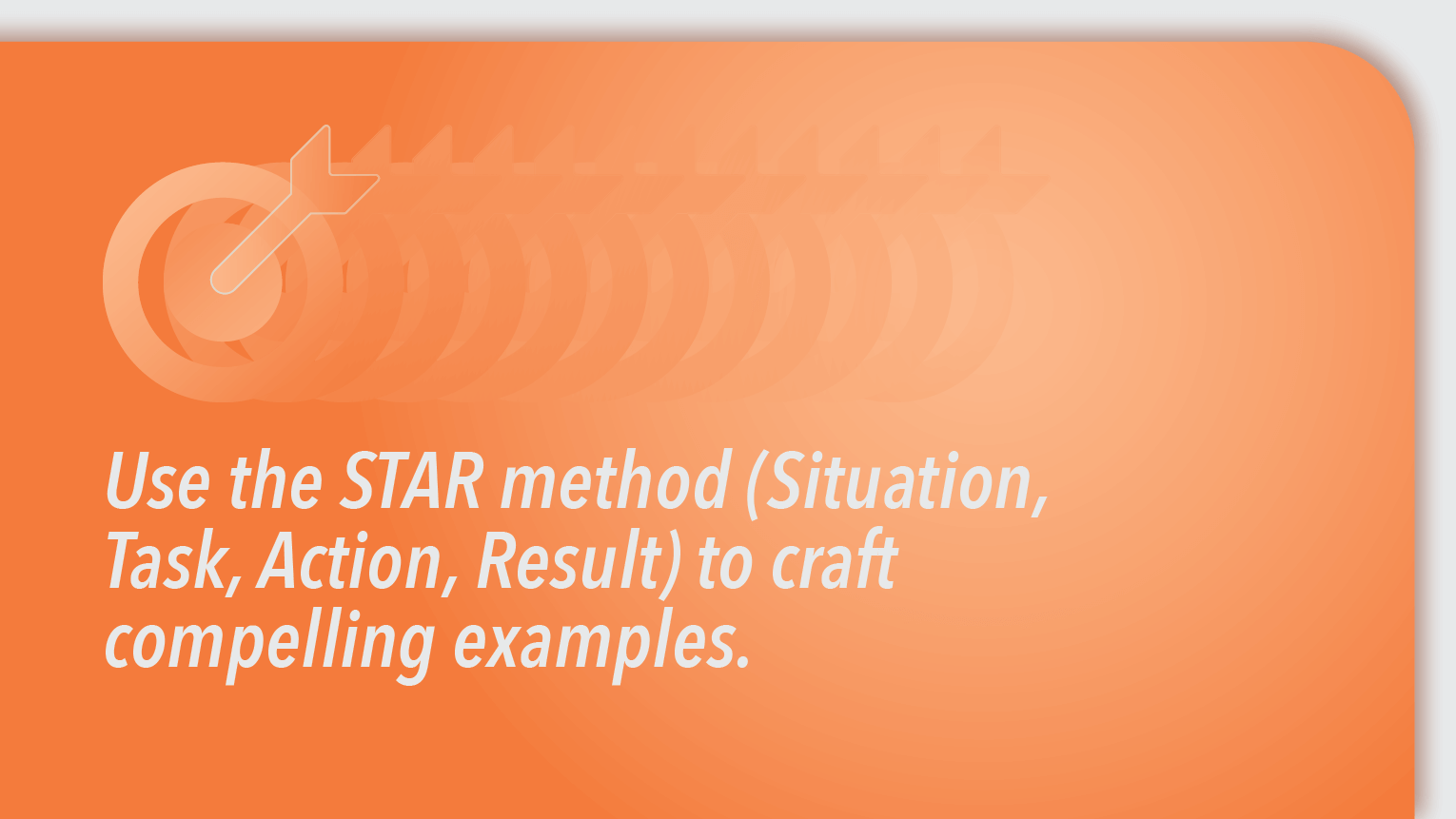
Use the STAR method (Situation, Task, Action, Result) to craft compelling examples.
In my current role at XXX:
- Situation: I faced the challenge of engaging young learners in online classes.
- Task: I needed to increase student participation and retention.
- Action: I developed interactive lessons using Zoom breakout rooms and digital whiteboards, creating virtual escape rooms tied to our curriculum.
- Result: Student engagement increased by 35%, and vocabulary retention improved by 28%.
STAR Method Example:
In my current role at XXX, I faced the challenge of engaging young learners in online classes (Situation). I needed to increase student participation and retention (Task). I developed interactive lessons using Zoom breakout rooms and digital whiteboards, creating virtual escape rooms tied to our curriculum (Action). As a result, student engagement increased by 35%, and vocabulary retention improved by 28% (Result).
4. The Bottom Line
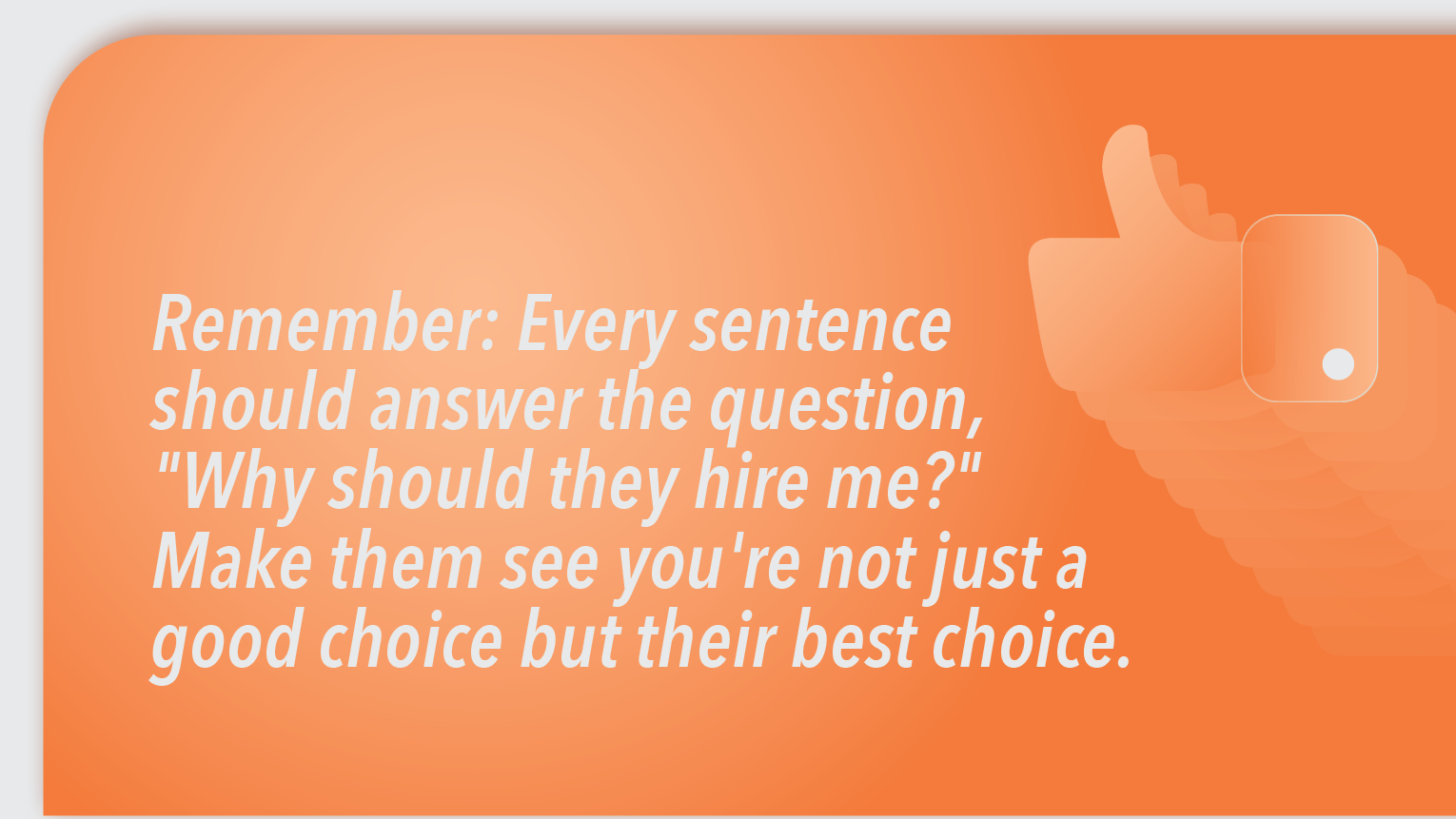
Conclude with a powerful statement that captures your value:
I'm ready to bring my creative teaching methods and flexibility to your team, fully committed to exceeding your expectations. Your students' success and the school’s reputation will be my main focus.
Every sentence should answer the question, "Why should they hire me?"
Make them see you're not just a good choice but their best choice.
5. Cover Letter Closing: Leave a Lasting Impression
Your closing paragraph is your final pitch and can be the difference between landing an interview or landing in the rejection pile.
1. Key Closing Elements
- Reiterate Your Enthusiasm: Remind them why you're excited about this specific role.
- Highlight Your Fit: Sum up why you’re the ideal candidate.
- Say Thanks: Thank the recruiter for their time and consideration.
- Include a Call to Action: Prompt the next step in the hiring process.
- Sign Off Professionally: End on a courteous, formal note.
2. How to Craft Your Closing Paragraph
Follow this structure to wrap up effectively:
- Start with a confident statement about your fit for the role.
- Briefly mention 1-2 key qualifications that make you stand out.
- Express enthusiasm for the opportunity to contribute to their team.
- Thank the reader and include your call to action.
Example:
I'm excited to bring my innovative teaching methods to The Really Great Teacher Company. My track record of improving student engagement by 35% would be an asset to your team.
I look forward to discussing how I can contribute to your success.
Pro Tips:
- Keep your closing paragraph to 3-5 sentences max.
- Tailor your call to action based on the job post (e.g., if they mention a second round involves a demo lesson, express your eagerness for this opportunity).
- Triple-check for typos – a final paragraph mistake can undo all your good work!
Remember: Make it confident, relevant, and memorable!
3. Professional Sign-offs
Choose one of these formal closings:
- Sincerely,
- Best regards,
- Kind regards,
The Perfect Online English Teacher Cover Letter Sample:
[Date]
[Your first and last name]
[City, Country]
[Your email address]
[LinkedIn Profile or Website]Dear [Hiring Manager],
Your LinkedIn post for an Online English Teacher feels like a perfect match for my background in educational storytelling and digital engagement. Here’s what I bring to the table:
- Five years of experience in ESL teaching and content creation
- Skilled in creating engaging online learning experiences
- Proven success in boosting student engagement and performance
In my last role, I noticed that students were tuning out during virtual grammar lessons. To change that, I developed a narrative-based curriculum that wove grammar into an interactive story. The results?
- A 40% jump in student engagement
- A 25% boost in test scores
- Consistent 5-star feedback from students
I love that your company focuses on story-driven learning — it aligns perfectly with my own approach. I was particularly impressed by your interactive grammar course, which makes verb tenses an engaging adventure.
I’d be thrilled to chat about how I could help your students succeed. Thank you for considering my application!
Best Regards,
[Your signature]
[Name]
Wrap-Up
Nailing the perfect cover letter for an online English teaching job doesn't have to be daunting. Here's how to make it happen:
- Make It Personal: Research each company and mention what you genuinely like about them.
- Show Your Digital Skills: Highlight your experience with online teaching tools and platforms.
- Share Your Story: Use real examples to show your impact, like the STAR or CAR method.
- Keep It Snappy: Stick to 150-200 words that hook them quickly. Tools like Hemingway Editor can help keep it clear and easy to read.
- Tweak Your Template: Start with a base template, but customize it for every application to make it feel fresh and specific.
Mix these tips with thorough proofreading to create a cover letter that reflects who you are and why you're passionate about teaching. Now, write one that makes hiring managers excited to meet the teacher behind the words!
